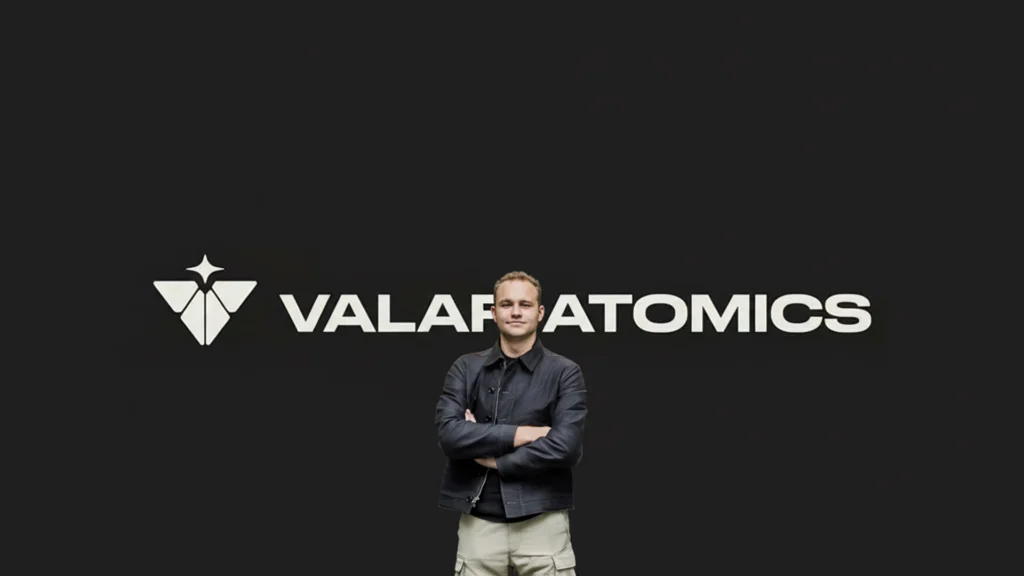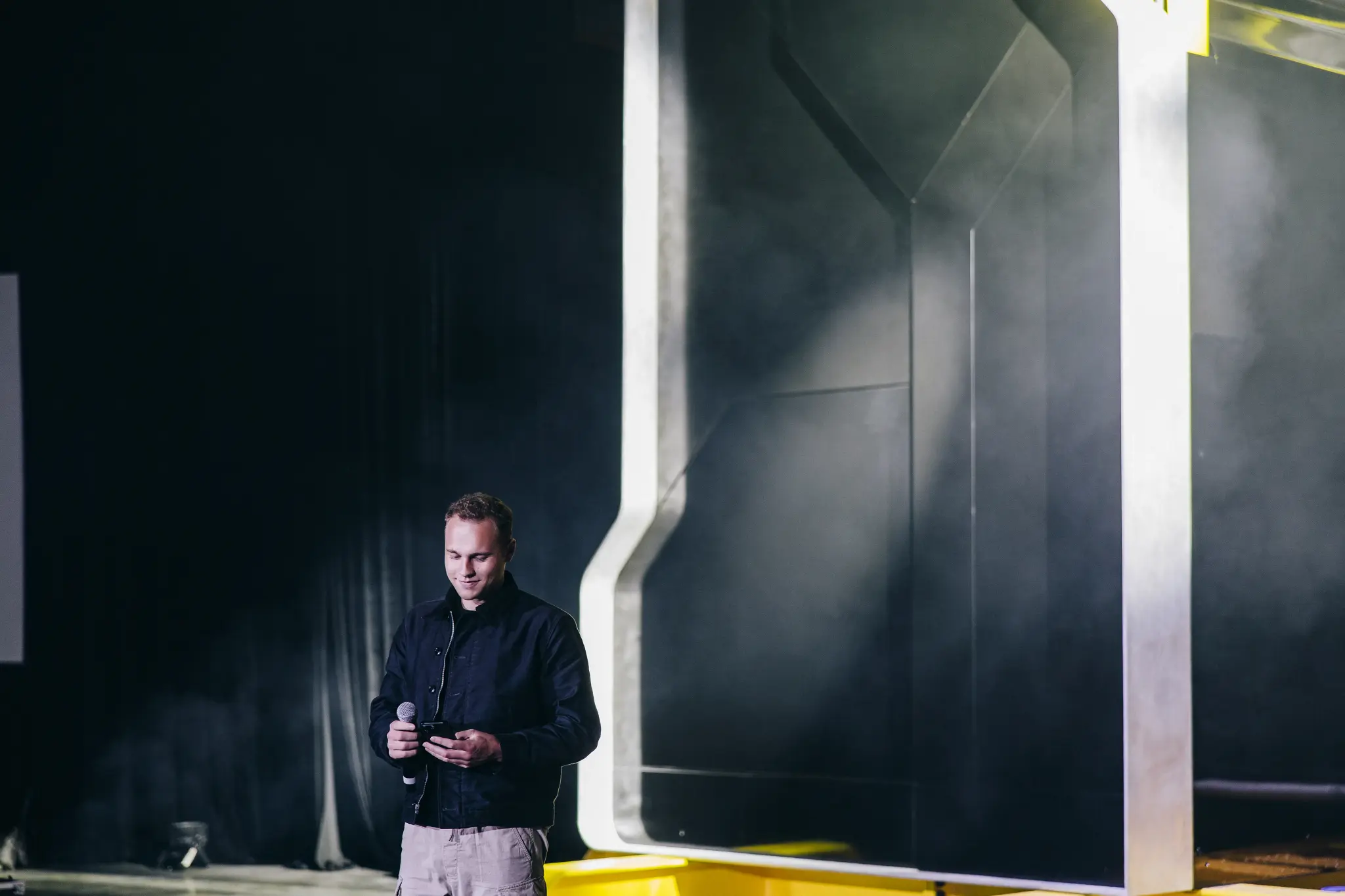Valar Atomics: The First Startup to Split the Atom

We are told that the future of energy demands less. Less travel. Less growth. Less ambition. We are told humanity has an energy crisis.
Isaiah Taylor, founder of Valar Atomics, believes we do not have an energy crisis. We have an energy choice.
And he is choosing abundance.
Valar Atomics is not trying to build a slightly better reactor. It is building a new industrial era. A world where energy is not rationed but produced with precision, speed, and scale. A world where synthetic hydrocarbons are manufactured cheaper than pulling oil from the ground.
This week (18 November 2025), they took a historic step. Valar Atomics became the first startup in history to split the atom.
This is the story of a company that wants to save the world, not by banning fossil fuels, but by engineering a future where fossil fuels are simply outperformed.
The Breakthrough: Project Nova Reaches Criticality
While others were debating policy, Valar Atomics was in the Los Alamos National Laboratory achieving criticality.
Project Nova successfully conducted a series of zero power critical tests. At 11:45 AM, the Nova core went critical. This was not a simulation. It was the real world. Real neutrons. Real data. Real validation.
Nova is a subset of their commercial Ward250 design. Same fuel. Same moderator. Same control systems. This milestone compresses years of theoretical risk into measurable engineering data.
Valar moved from concept to criticality with a level of speed rarely seen in nuclear. They answered the United States President’s call for advanced reactors built on American soil. And they did it with the operational tempo of a software startup.
The Problem: The Civilizational Brake
Nuclear power should be the cheapest energy in the world. But for decades, the cost of nuclear has gone up, not down. This negative learning curve is the nuclear paradox.
And it didn’t happen by accident.
The Era the World Stopped Building
In the 1960s, nuclear energy was on track to become the backbone of global power. Costs were falling. Performance was improving. Reactors were standardized. Learning curves were positive.
Then momentum collapsed.
- Fear and geopolitics reshaped public perception.
- Regulatory layers grew thicker with every decade.
- Every reactor became a custom megaproject instead of a repeatable design.
- Innovation slowed as entire generations of nuclear engineers retired without replacement.
The world didn’t abandon nuclear because it failed. The world abandoned nuclear because it stopped exploring it.
The Result: A Civilizational Brake
Every plant became a bespoke construction project. Bigger. Slower. More expensive. Regulation expanded. Construction timelines stretched. Expertise evaporated. We turned nuclear plants into cathedrals instead of products.
The result is a self-imposed brake on human progress. Data centers are hitting power limits. Industrial heat is constrained. Electric mobility strains grids. A future powered by AI and advanced manufacturing cannot run on fragile energy systems.
Valar Atomics is removing the brake.
The Playbook: Atoms Treated Like Products
Valar is not attempting to reinvent physics. They are fixing engineering.
Manufacturing Instead of Construction
Reactors should be products, not monuments. Valar wants to build reactors like Boeing builds aircraft or like Tesla builds cars. Standardized. Quality controlled. Mass produced.
Heat, Not Just Electricity
The world runs on heat. Steel, chemicals, cement, shipping, aviation. The Ward250 is designed not only to generate electricity but also to deliver the high grade thermal energy needed for industrial synthesis.

Synthetic Hydrocarbons: The Masterstroke
Instead of fighting oil, Valar plans to outperform it.
By using nuclear heat to synthesize carbon-neutral hydrocarbons from air and water, they aim to supply fuels that work in current engines, pipelines, and logistics systems. No infrastructure transition required.
This is a direct path to rapid decarbonization through superior engineering.
The Founder: The Builder Who Refuses to Apologize for Ambition
Before Valar Atomics, Isaiah Taylor wasn’t a product of the nuclear establishment. He wasn’t groomed inside a national lab. He wasn’t handed a pathway.

The Self-Taught Engineer Who Outworked an Entire Industry
Isaiah learned reactor physics the hard way — alone, online, from first principles. He spent years studying nuclear engineering without credentials, without institutional backing, and without anyone telling him it was possible.
In his own words, he didn’t start with access. He started with curiosity.
From YouTube lectures to open-source nuclear physics textbooks, he built his understanding piece by piece. And instead of treating his lack of pedigree as a disadvantage, he used it as an accelerant. No academic politics. No institutional inertia. Just raw learning and relentless iteration.
This is what makes the Valar Atomics story unusual: A self-taught engineer now leads the first startup in history to achieve criticality.
Isaiah’s journey is a reminder of something many industries have forgotten:
Expertise is not granted. It is built.
And when someone builds it outside the system, they often see opportunities the system itself has missed.
Isaiah Taylor represents a new era of hard tech founders. Unapologetic. Focused. Relentlessly engineering forward.
He is not waiting for permission. Not waiting for subsidies. Not trying to blend in within a risk-averse industry.
His philosophy aligns with the effective accelerationist belief that the solution to global challenges is more capability, not less.
His praise for his team says everything about the culture at Valar.
“This is the smartest, hardest-working, and most motivated group of people I have ever had the pleasure of working with. I have seen them perform miracles.”
Founder Lessons From the Atomic Vanguard
1. Battle the Negative Learning Curve
If an industry becomes more expensive with time, it is primed for disruption. Shift it from bespoke construction to standardized products.
2. Upgrade the Fuel, Not the World
Synthetic hydrocarbons plug into existing systems. This is not a transition plan. It is an upgrade.
3. Audacity Attracts Talent
Hard problems attract hard people. The highest caliber engineers want to build the future, not optimize ad clicks.
Final Word
Valar Atomics is betting that the energy crisis is not a crisis but a solvable engineering challenge. With Project Nova, they have moved from theory to reality. They are proving that progress does not require austerity. It requires courage, speed, and the mass-produced power of the atom.
They are not slowing the world down. They are accelerating it.